The 25 Greatest Rhythm Sections of All Time - part 1
The greatest rhythmic musical partnerships ever
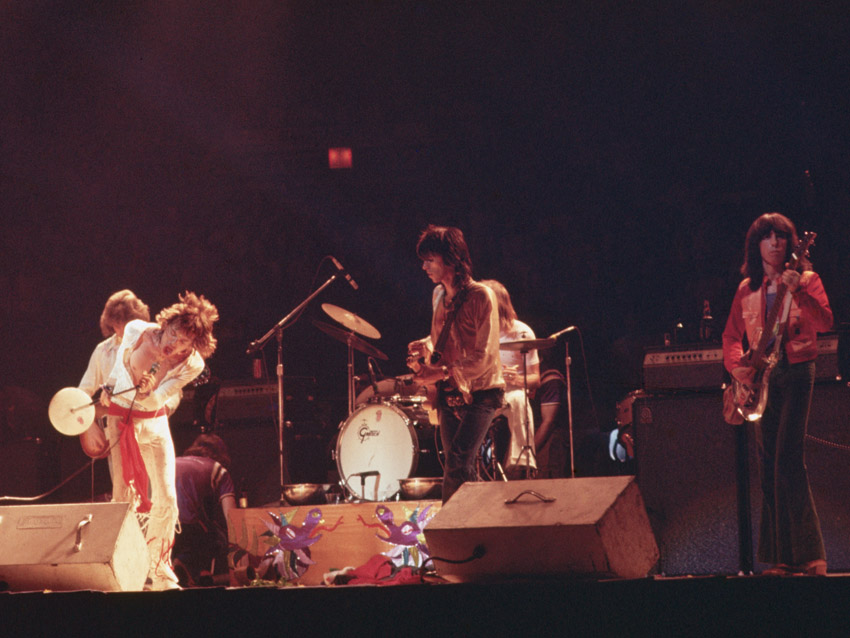
The Greatest Rhythm Sections of All Time - part 1
With over a thousand votes cast, here are the top 25 Rhythm Sections Of All Time, as voted by you! Part 1 presents those drummers and bass players you voted from 25th-11th, in no particular order - it was a tight poll, and let's face it, all this lot are great.
Find out who was voted into the Top Ten here!
For more on our four-stringed rhythm partners, check out MusicRadar's Bass Expothat runs 27-28 Feb. It's an online bass extravaganza featuring exclusive interviews with the world's best bassists, product demos, giveaways, tutorials and more.
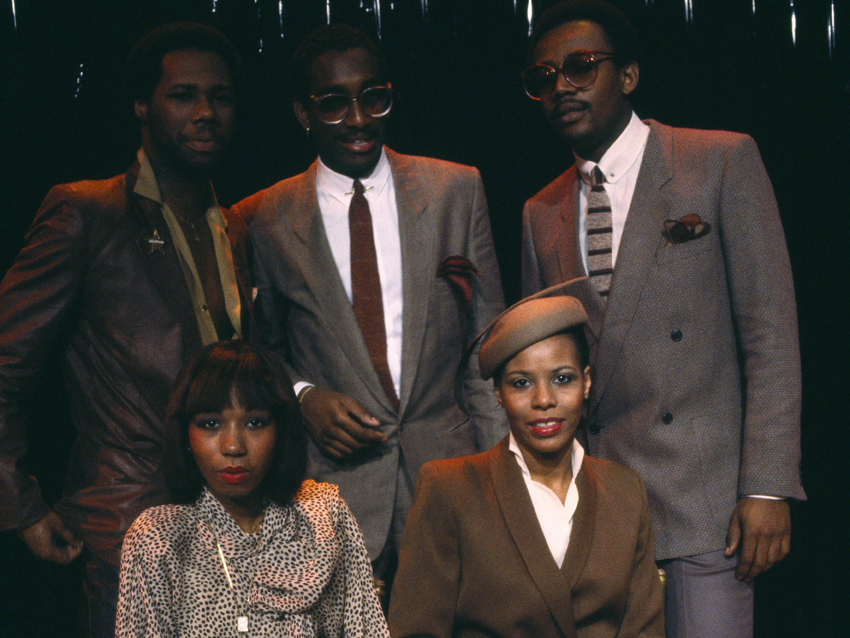
Tony Thompson & Bernard Edwards
In the days when Disco ruled, one band, Chic, commanded the floor thanks to the insanely groovy and together playing of its musicians: the incredible Nile Rodgers on guitar together with a rhythm section comprising bass player Bernard Edwards and drummer Tony Thompson. Locked in with the gorgeously deep, funky and incredibly tight bass playing of Edwards, Thompson provided wonderfully funky and tight beats that you had no choice but to get down to.
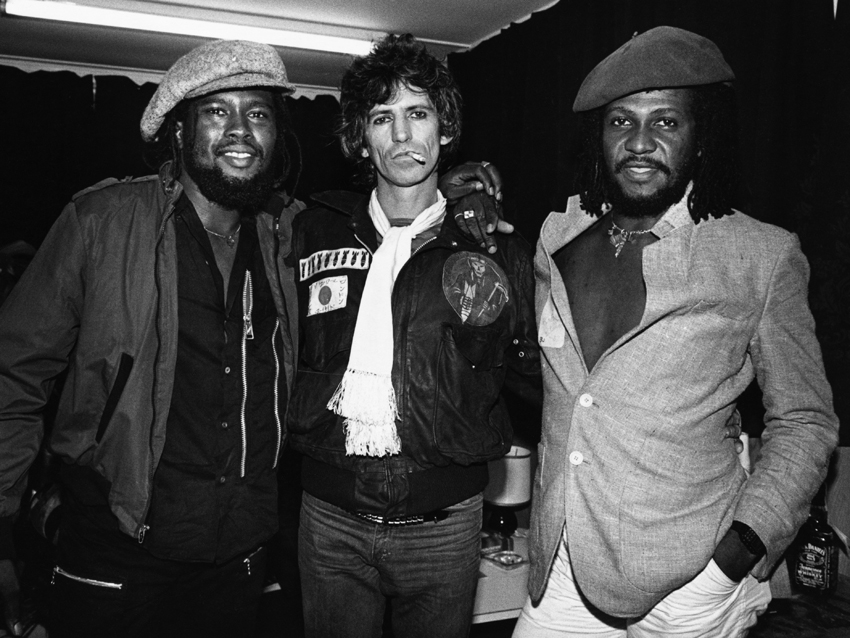
Sly Dunbar & Robbie Shakespeare
Reggae's most famous rhythm section. Sly and Robbie'sawesome ability to make the one-drop groove tight and smooth, and a truly empathic musical relationship has inspired generations of bass players and drummers.Estimated to have played on over 200,000 recordings – many on their own Taxi label –Sly Dunbar and Robbie Shakespeare joined up in the mid-'70s having already established themselves as prolific musicians in Jamaica. Aside from their incredible playing, they are also a noted production team, having worked with everyone from Bunny Wailer and Peter Tosh to Madonna, Grace Jones and Chaka Demus. And Pliers.
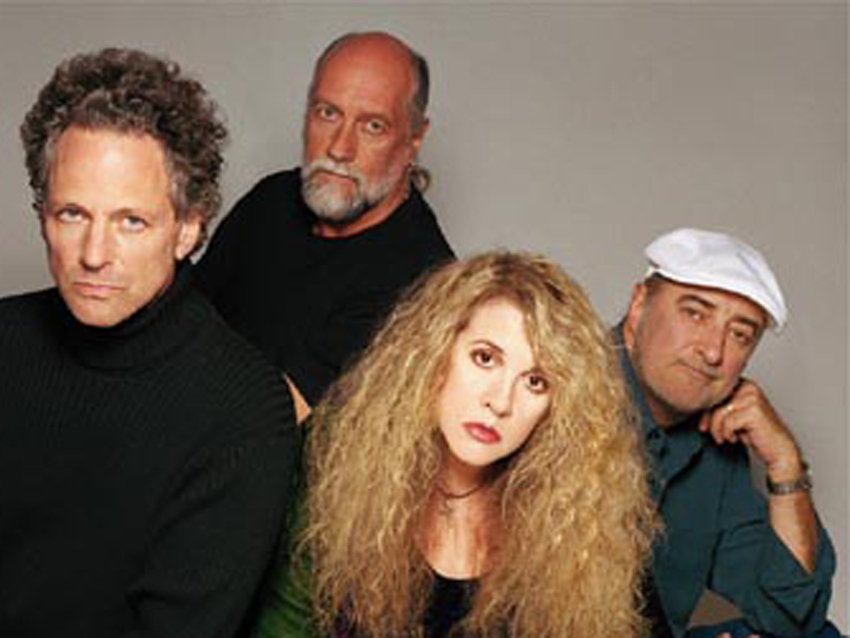
Mick Fleetwood & John McVie
A rhythm section so good, they named the band after them. Mick and John formed the Mac during the British blues explosion of the late '60s, put out some albums of blues covers with Peter Green, then relocated to the States where, alongside new personnel - Lindsey Buckingham, Stevie Nicks and Christine Perfect - they blasted off to massive fame and fortune.
But behind the massive pop rock tunes that made Rumours one of the most popular albums of all time was the blues bedrock of its instinctive and empathic rhythmic partnership. Solid, at least, inspired occasionally, and always, always perfect for the song, whether it was a big, emotive number like 'Gold Dust Woman' or a frankly brilliant but insane jam like 'Tusk'.

Charlie Watts & Bill Wyman
The Rolling Stones' original bass player Bill Wyman (he left the band 20 years ago, when they were mere lads) and Charlie Watts have between them created some of the most memorable rhythm tracks in rock history.
Arguably Charlie and Keef were the Stones' true rhythm section, as Charlie – with his loose and New Orleans-influenced funky grooves – followed Keef's incredibly rhythmic guitar parts. But let's not forget about Bill, whose melodic basslines, often seeming to do their own thing over the top, nevertheless sounded great alongside Charlie and locked in with the whole. And Bill is credited with creating the first ever fretless bass...

David Lovering & Kim Deal
Coming out of Boston in the late '80s, the Pixies redefined indie music for UK audiences and were an exciting prospect not just for the band's energy and frontman Black Francis' presence, but the gorgeous, characterful tones of bass player Kim Deal's vocals and high-in-the-mix, simple but incredibly melodic and tight basslines. Add to this the funky drummer playing of Dave Lovering, and you had something really special.
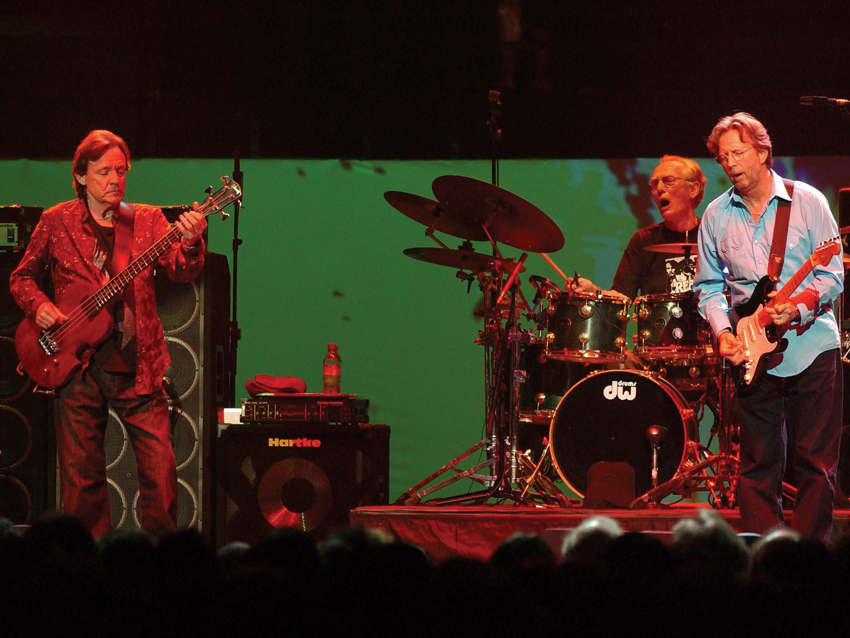
Ginger Baker & Jack Bruce
Another great rock trio whose power came from the musical force of its rhythm section, Cream's Jack Bruce and Ginger Baker backed up Clapton's blues rock guitar genius with incredible chops and groove.
Cream were a supergroup formed at the height of the '60s British blues-rock boom from Alexis Korner's Blues Incorporated, John Mayall's Bluesbreakers and Graham Bond Organisation. Their sound encompassed hard rock, blues and psych rock, with a jazz sensibility courtesy of Baker.

Mitch Mitchell & Noel Redding
Between the jazz-inflected, musical playing of sticksman Mitch Mitchell and the picked, trebly bass playing of Noel Redding, Jimi Hendrix had the perfect wingmen for his revolutionary rock genius.
Noel's aggressive, upfront bass playing is nicely distinguishable from Hendrix's guitar theatrics, keeping the whole thing solidly in the groove, while Mitch Mitchell's playing is both intelligent and grounded, driving the tunes with never a dull moment.
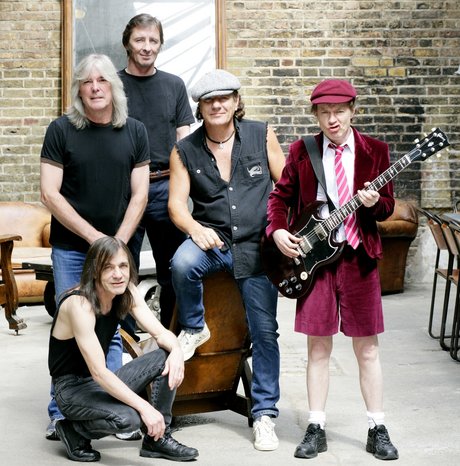
Phil Rudd & Cliff Williams
The Oz rockers’ classic rhythm section from Highway To Hell, and back in the line-up today, Phil Rudd and Cliff Williams put the classic into classic rock with their no-nonsense approach to a hard rockin' groove. The Young brothers could do what they liked over this pair - they always knew the tunes were going to keep going like a rock'n'roll train.For those who rock as hard as Phil and Cliff, we salute you.
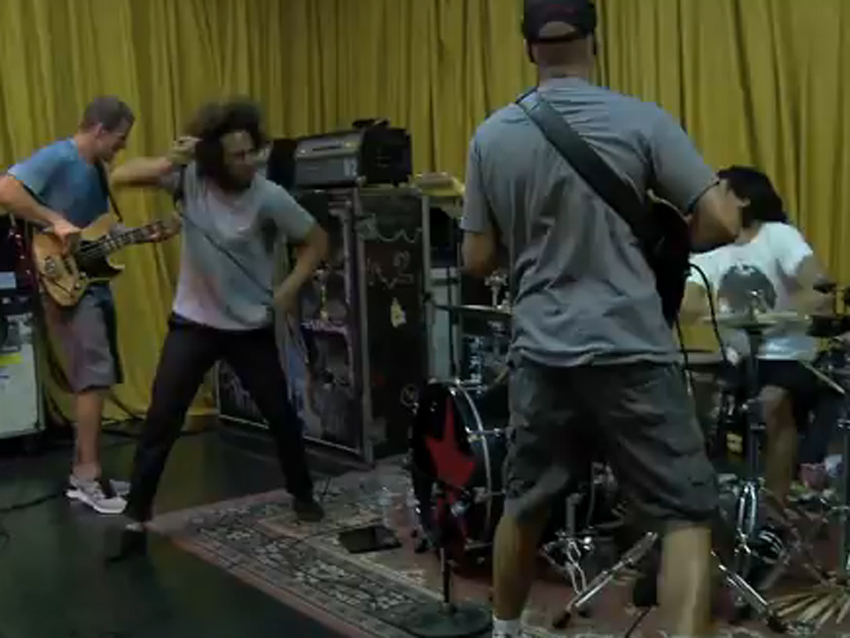
Brad Wilk & Timmy C
Incendiary, polemical lyrics, inventive and distinctive guitar playing and incredible groove have made Rage Against The Machine one of the best rock bands of the last 20 years. For that massive groove we have Brad Wilk and Tim Commerford to thank. The jazz-schooled Wilk's mix of groove and heaviosity has brought him, justly, to playing with heavy metal originators Black Sabbath on their new album. In Rage, he locked in perfectly with the bouncing basslines of Timmy C, creating hip-hop inflected alternative rock magic.
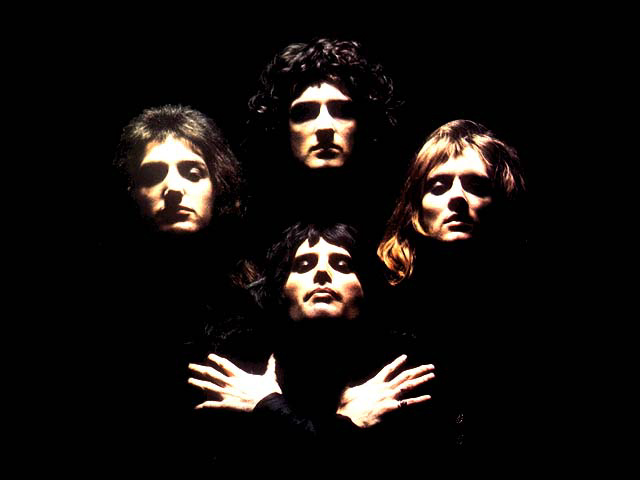
Roger Taylor & John Deacon
Queen's distinctive, powerful rock sound, together with Roy Thomas Baker's incredible production techniques and the band's flair for theatricals, have made Queen one of the most enduring rock bands to come out of the '70s.
Roger Taylor's fantastic drum sound, together with his flawless ability to keep things simple and rock the house down at the same time, coupled with the understated Deacon's way with a grooving bass line. If ever a rhythm section defined what it means to keep things locked down behind flamboyant frontmen and guitar virtuosity, it's these two.
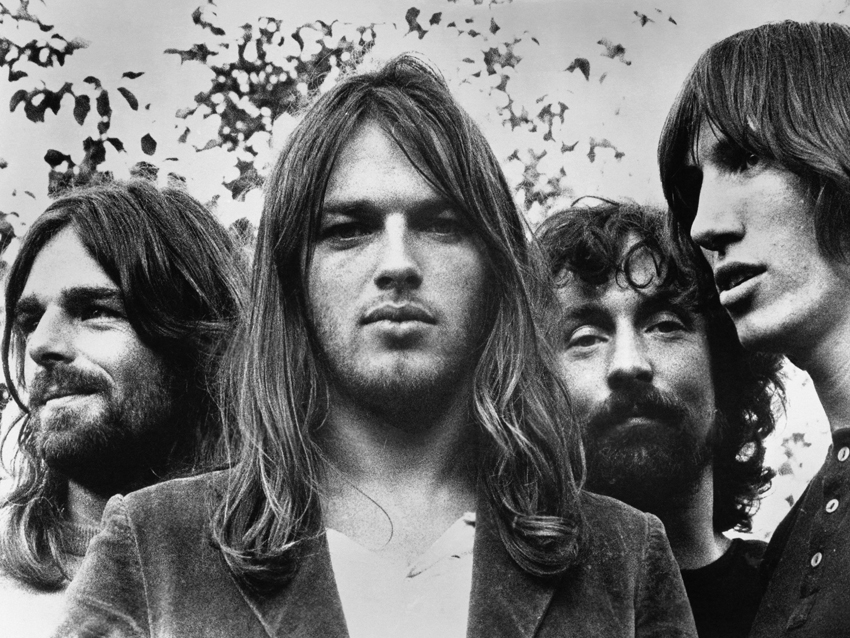
Nick Mason & Roger Waters
The Floyd's founders and rhythm section, Nick Mason and Roger Waters, have helped craft some of classic rock's finest, most interesting albums.Following the departure of Syd Barrett, bass player Waters became the main creative voice of the band, from Dark Side Of The Moon onwards.During the Barrett years, Nick Mason's drumming was something of a focal point in the early, spacey instrumentals. As the band became more and more massive, Nick Mason took more of a back seat, yet he still played with skill and admirable restraint to underpin the band's slow-burning epics and chart-busting hits like 'Another Brick In The Wall'.
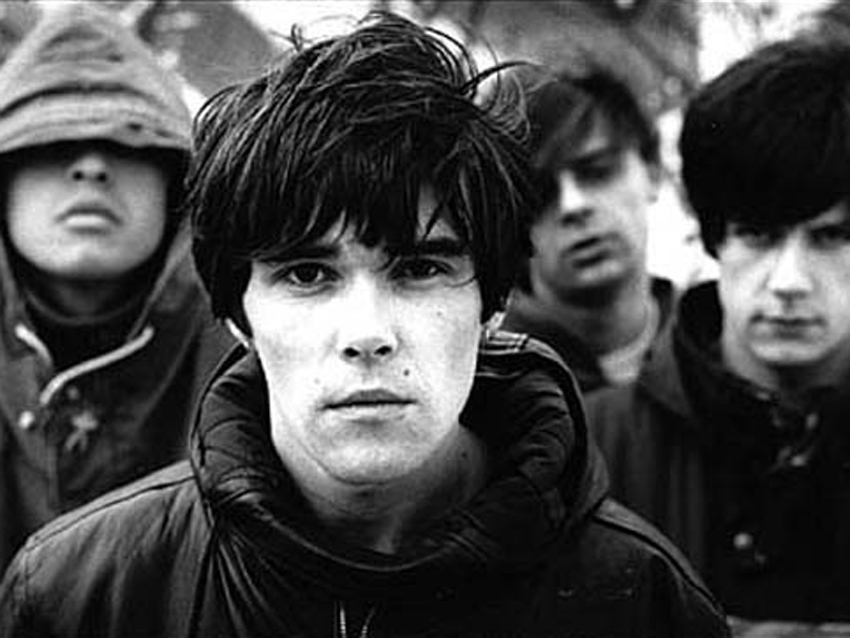
Reni & Mani
Behind the swagger of Ian Brown and guitar brilliance of John Squire, it was the Stone Roses' rhythm section -Alan 'Reni' Wren and Gary 'Mani' Mounfield - who added real groove and hugely influential, laid-back baggy shuffle to the '60s influenced flower-power indie-pop. Tracks like the incredible Fools Gold, with its amazing bassline, sent the band stratospheric - and despite a rubbish second album and a substantial lay-off, the band had already done enough at the turn of the '80s/'90s to ensure a massively successful reunion in 2012.
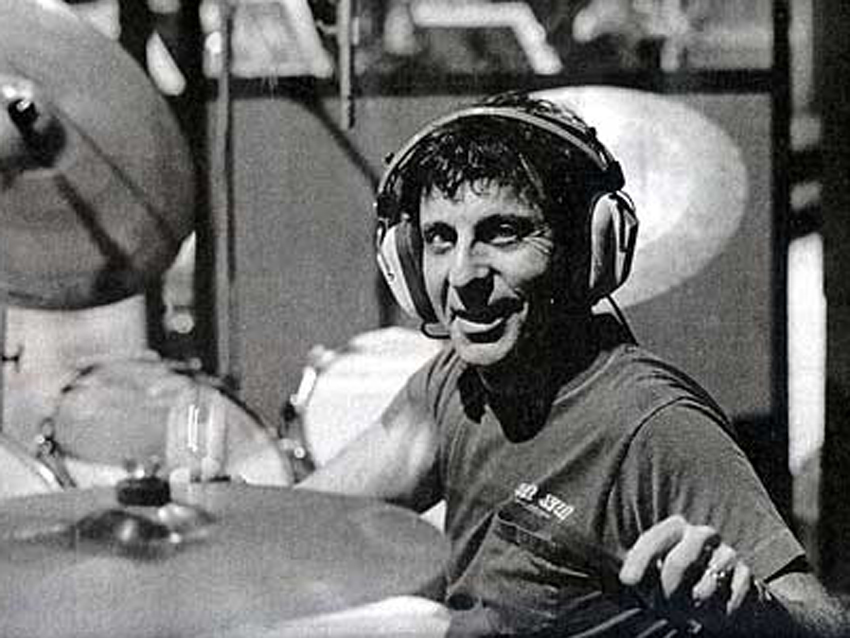
Hal Blaine & Carol Kaye
The Wrecking Crew was the name given by prolific session drummer Hal Blaine to the group of busy LA session musicians, that also included bass player Carol Kaye, in the 1960s.
The West Coast equivalent of The Funk Brothers over in Detroit, the Wrecking Crew's talents fuelled the hits of everyone from The Beach Boys to The Monkees, Mamas & The Papas, Phil Spector's Wall Of Sound and more. Blaine in the process created some of the most memorable and most-sampled drum breaks ever.They may not have always grooved together as a rhythm partnership per se - Kaye preferring to follow the song and singer - but between them Hal and first-lady-of-bass Carol played on radio smash hit after hit in the '60s.
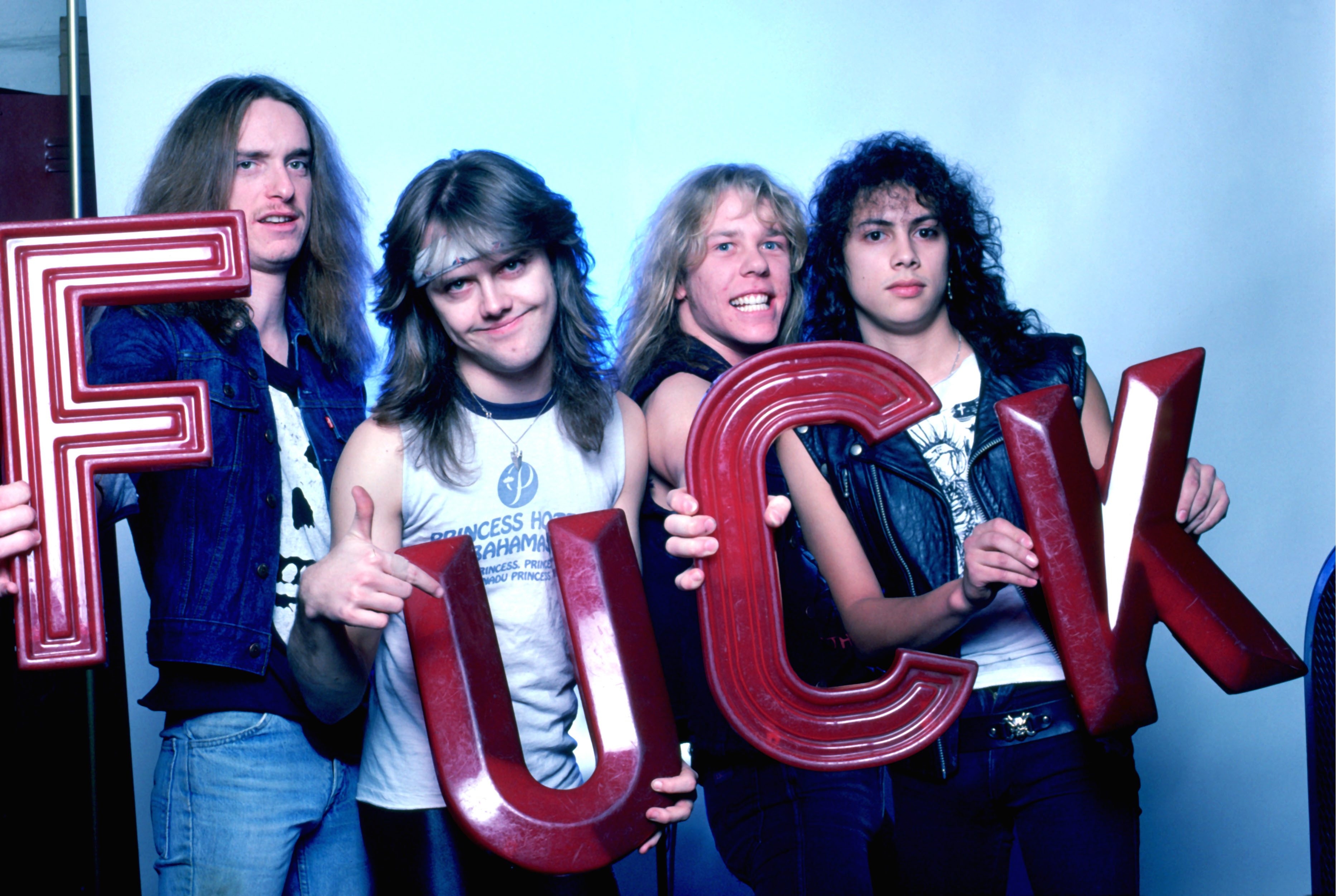
Lars Ulrich & Cliff Burton
Cliff Burton was Metallica's bass playing during the band's early, pioneering thrash metal work. Before his tragic death in a tour bus accident in 1986, he had been integral to the band's sound and direction on Kill ’Em All, Ride The Lightning and Master Of Puppets. With his 'lead bass' approach, together with drummer Lars Ulrich, Cliff powered the band's sound and defined Metallica as a massively influential force in metal.
After Burton's death, Lars Ulrich became the band's principal creative force, taking the band in a different more commercial direction from thrash. Yet still, particularly on the 'Black' album (Metallica), Lars' playing is remarkable, making him one of modern metal's most popular drummers.
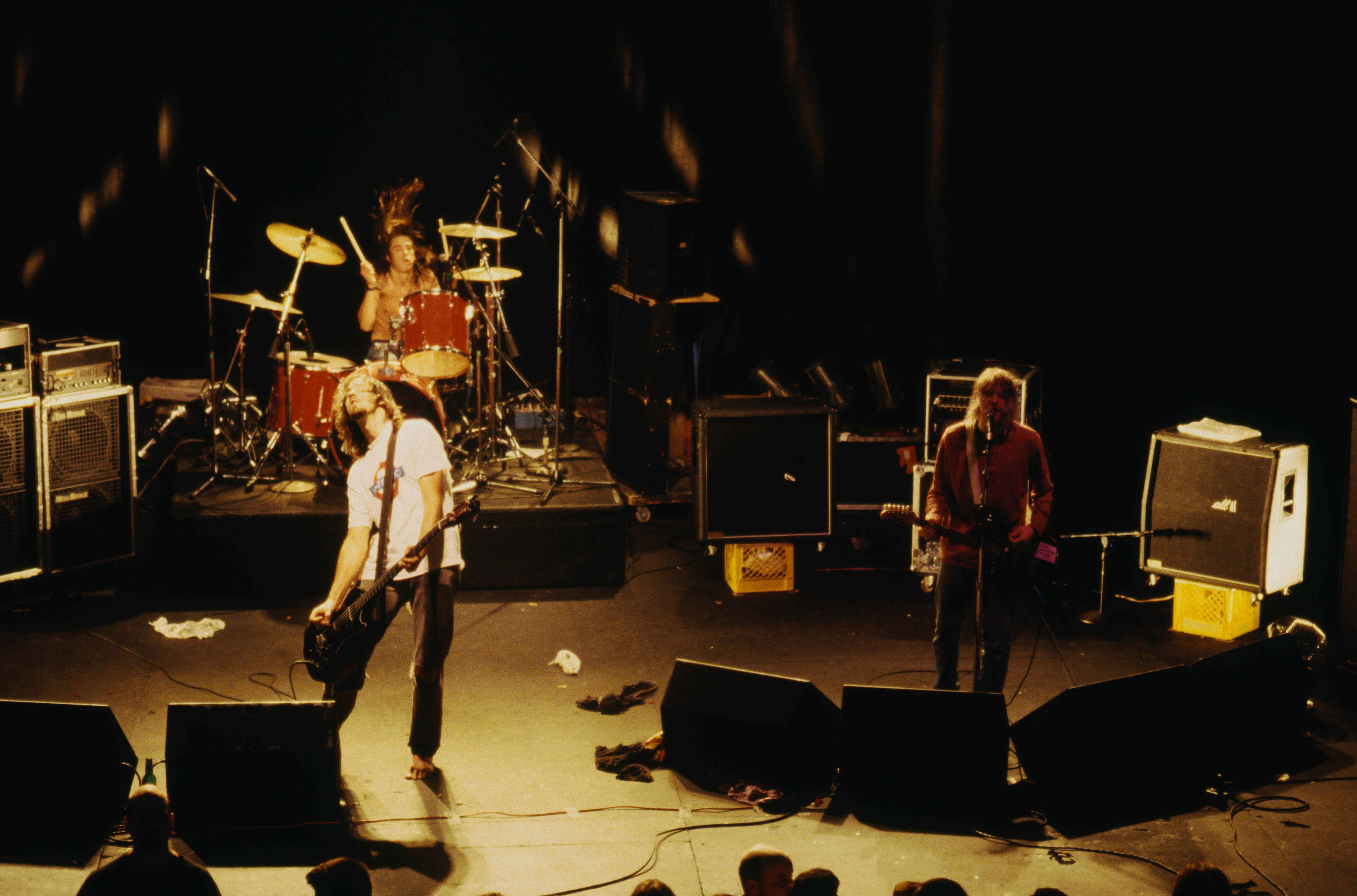
Dave Grohl & Kris Novoselic
Most recently heard playing with Paul McCartney on 'Cut Me Some Slack', the rhythm section of grunge's most famous power trio have undeniable groove and power. From those first flams of 'Smells Like Teen Spirit', Dave Grohl stamped his mark upon music, going on to become the most lauded rock drummer since Bonham. Kris Novoselic was his partner in time in Nirvana, the pair of them covering the space afforded by a power trio with lolloping, heavy basslines perfectly complementing the hard-hitting drum beats which allowed Kurt Cobain's sensitivity and vitriol to shine in equal measure.